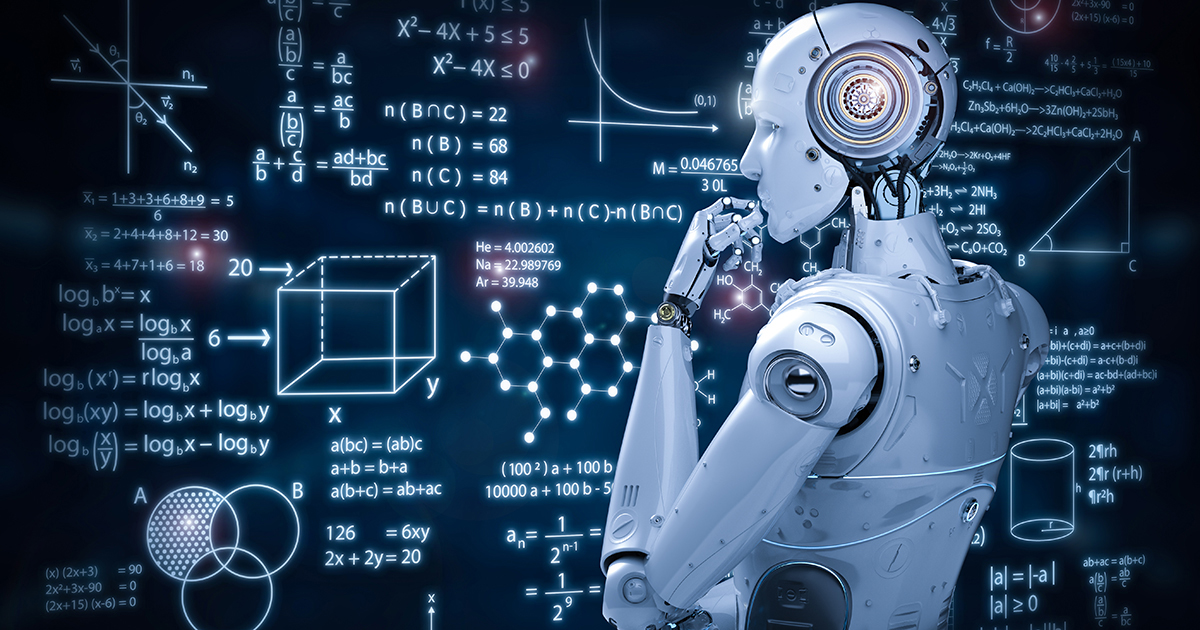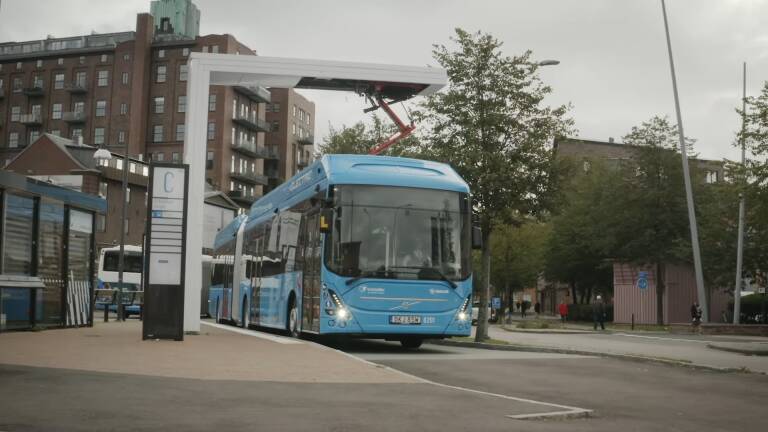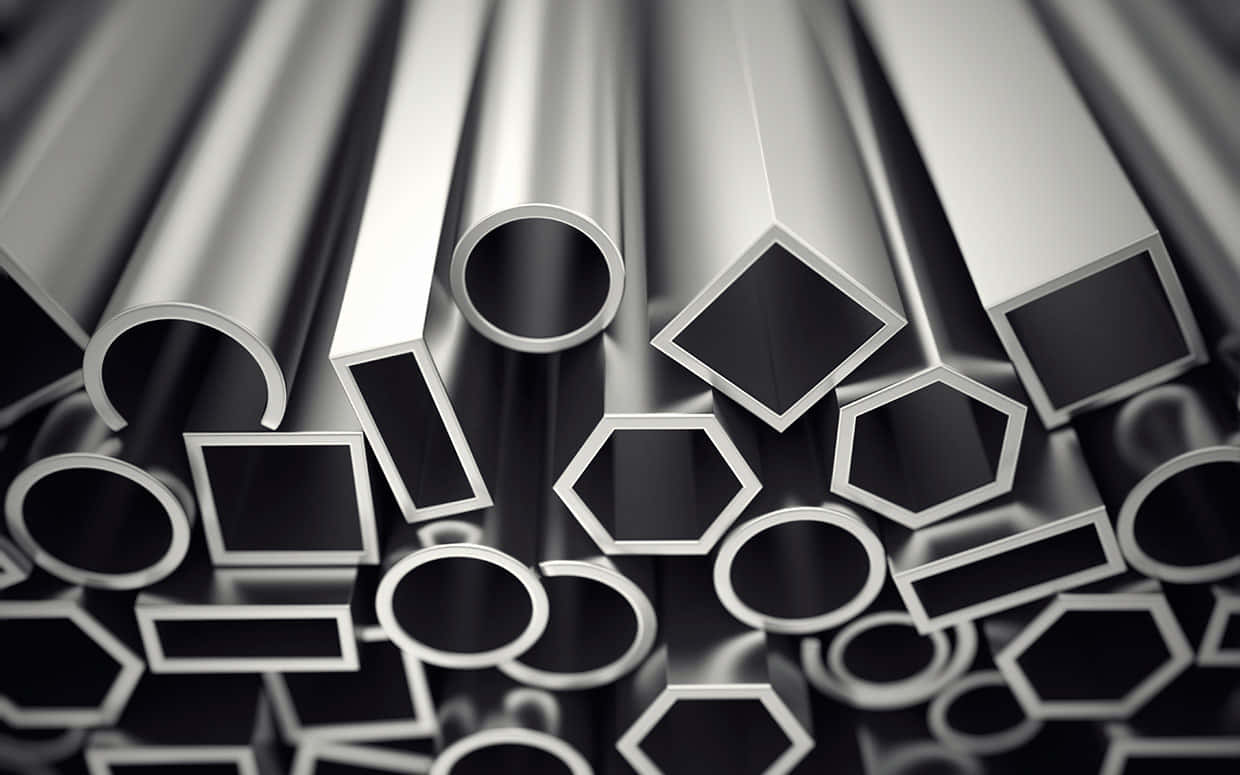AI-Powered Tactile Sensors Revolutionizing Industry with Touch

Introduction:
Artificial Intelligence (AI) continues to make waves across numerous industries, bringing about innovations that improve efficiency, accuracy, and overall performance. One of the most notable advancements in recent years has been the development and integration of AI-powered tactile sensors into manufacturing processes. These sensors are revolutionizing quality control, offering real-time feedback that helps manufacturers detect issues before they become critical, leading to improved products and reduced downtime. In this article, we will explore how AI-powered tactile sensors are transforming various industries, focusing on their impact on quality control in manufacturing.
Download FREE Sample of Artificial Intelligence Market
The Evolution of Tactile Sensors in Manufacturing
Tactile sensors are devices designed to measure the physical touch or pressure exerted on an object or surface. Traditional tactile sensors were often limited by their sensitivity, accuracy, and response time. However, with the rise of AI, these sensors have become far more advanced, enabling them to detect even the slightest variations in pressure and providing manufacturers with real-time data on the performance and quality of products.
In manufacturing, quality control has always been a key focus, and AI-powered tactile sensors are revolutionizing this aspect of production. By integrating AI algorithms with tactile sensing technology, manufacturers can now gain deeper insights into the production process, resulting in a significant reduction in defects, wastage, and rework. These sensors provide valuable data that can be used to adjust production techniques, ensure compliance with industry standards, and enhance overall product quality.
How AI-Powered Tactile Sensors Work
AI-powered tactile sensors rely on a combination of advanced hardware and software to measure physical touch and pressure. The hardware consists of sensitive touch sensors that can detect pressure points, temperature changes, and other environmental factors. These sensors are often embedded into the production line, robotic arms, or other machinery.
The AI component comes into play through Machine Learning algorithms that process the data collected by the tactile sensors. These algorithms can analyze the sensor data in real-time, identify patterns, and make predictions about the quality of the products being produced. The AI system can then send feedback to operators or adjust the manufacturing process to optimize production and minimize errors.
Download FREE Sample of Machine Learning Market
The key advantage of AI-powered tactile sensors is their ability to learn from past data and continuously improve their performance over time. As more data is collected, the system becomes increasingly adept at detecting subtle variations in pressure or touch, allowing for more precise and accurate quality control.
AI-Powered Tactile Sensors: Advancing Quality Control in Manufacturing with Real-Time Feedback
In manufacturing, quality control is an essential aspect of the production process. AI-powered tactile sensors are enhancing this process by providing real-time feedback, enabling manufacturers to identify issues as they arise and take immediate corrective action. Traditional quality control methods often rely on visual inspection or periodic testing, which can result in missed defects or delays in identifying problems. With AI-powered tactile sensors, manufacturers can receive continuous monitoring and feedback, leading to faster and more efficient quality control processes.
Real-time feedback provided by tactile sensors helps identify variations in product dimensions, surface defects, and other quality issues that may not be visible to the human eye. By detecting these issues early, manufacturers can prevent defective products from reaching customers, reducing the likelihood of returns and improving customer satisfaction. Additionally, AI-powered tactile sensors enable manufacturers to maintain consistent quality throughout the production process, ensuring that each product meets the required specifications.
For example, in automotive manufacturing, AI-powered tactile sensors are being used to detect imperfections in metal parts, such as scratches, dents, or deviations in shape. These sensors can detect pressure changes caused by the slightest flaws in the material, alerting operators to potential defects. As a result, manufacturers can make immediate adjustments to the production line, ensuring that the final product meets high-quality standards.
Key Benefits of AI-Powered Tactile Sensors in Manufacturing
The integration of AI-powered tactile sensors into manufacturing processes offers numerous advantages. Here are some of the key benefits that these sensors bring to quality control:
1.Improved Accuracy and Precision: AI-powered tactile sensors are highly sensitive and capable of detecting even the smallest variations in pressure, temperature, or touch. This enables manufacturers to identify defects or quality issues that may go unnoticed with traditional inspection methods. The precision of these sensors ensures that only products that meet strict quality standards are passed on to the next stage of production.
2.Reduced Defects and Waste: By detecting defects early in the production process, AI-powered tactile sensors can help manufacturers reduce the number of defective products produced. This leads to lower waste, less rework, and a more efficient use of resources. Manufacturers can also identify potential areas of inefficiency in the production process and take corrective action to prevent waste from occurring in the first place.
3.Faster Quality Control: Traditional quality control methods can be time-consuming, often requiring visual inspection or manual testing. AI-powered tactile sensors provide real-time feedback, enabling operators to monitor product quality continuously throughout the manufacturing process. This allows for faster detection of issues and quicker responses, reducing delays and improving overall production speed.
4.Enhanced Product Consistency: AI-powered tactile sensors can help ensure that products are consistently manufactured to the same high standards. By continuously monitoring and analyzing data, these sensors help maintain uniformity across batches, ensuring that each product meets the desired specifications. This consistency is especially important in industries such as aerospace, automotive, and electronics, where precision is critical.
5.Predictive Maintenance: In addition to enhancing quality control, AI-powered tactile sensors can also be used for predictive maintenance. By analyzing sensor data, AI algorithms can predict when a machine or equipment is likely to fail, allowing manufacturers to schedule maintenance before a breakdown occurs. This reduces downtime and helps keep production lines running smoothly.
6.Cost Savings: By improving the efficiency of the production process and reducing waste, AI-powered tactile sensors can lead to significant cost savings. Manufacturers can minimize defects, avoid costly rework, and optimize the use of raw materials. These savings can be reinvested into further technological innovations or passed on to customers in the form of lower prices.
Real-World Applications of AI-Powered Tactile Sensors
AI-powered tactile sensors are already being used across a wide range of industries, from automotive to electronics, to enhance quality control and improve production processes. Here are some examples of how these sensors are being applied in real-world scenarios:
1.Automotive Manufacturing: In the automotive industry, AI-powered tactile sensors are used to detect defects in metal parts, such as dents, scratches, or misalignments. These sensors can also monitor the assembly process, ensuring that components fit together correctly and that the final product meets the required specifications.
2.Electronics Manufacturing: AI-powered tactile sensors are used in electronics manufacturing to detect defects in circuit boards, screens, and other delicate components. These sensors can identify issues such as cracks, scratches, or improper connections, ensuring that each product is fully functional before it leaves the factory.
3.Food and Beverage Industry: In food production, tactile sensors are used to monitor the texture, consistency, and appearance of products. AI algorithms analyze the data to detect issues such as uneven thickness, undercooked areas, or inconsistencies in texture, ensuring that food products meet safety and quality standards.
4.Pharmaceutical Manufacturing: In the pharmaceutical industry, AI-powered tactile sensors are used to inspect the quality of pill packaging, labeling, and sealing. These sensors can detect issues such as improperly sealed bottles or misprinted labels, ensuring that each product is safe and accurately labeled for distribution.
The Future of AI-Powered Tactile Sensors in Manufacturing
As AI and sensor technology continue to evolve, the potential applications of tactile sensors in manufacturing are expanding. In the future, we can expect even more advanced sensors capable of detecting a broader range of issues and offering even more precise feedback. Additionally, as AI algorithms improve, tactile sensors will become even more capable of learning from past data and adapting to new situations, further enhancing their effectiveness in quality control.
Manufacturers will also continue to benefit from the integration of AI-powered tactile sensors in their predictive maintenance programs. As these sensors become more sophisticated, they will be able to predict potential failures with even greater accuracy, helping manufacturers avoid costly downtime and improve the overall efficiency of their operations.
Conclusion
AI-powered tactile sensors are revolutionizing quality control in manufacturing by providing real-time feedback, improving accuracy, reducing waste, and enhancing product consistency. These sensors offer a wide range of benefits, from faster quality control to cost savings, and are already making a significant impact across industries such as automotive, electronics, food production, and pharmaceuticals. As technology continues to evolve, the future of AI-powered tactile sensors looks bright, with even more advanced capabilities on the horizon. Manufacturers who embrace these innovations will be better equipped to meet the demands of an increasingly competitive market while delivering high-quality products to consumers.
Read the complete blog
Note: IndiBlogHub features both user-submitted and editorial content. We do not verify third-party contributions. Read our Disclaimer and Privacy Policyfor details.







